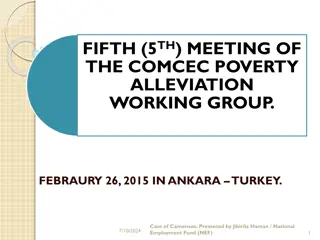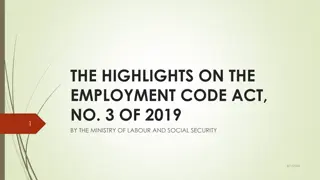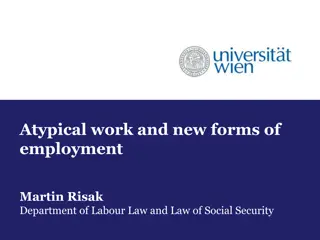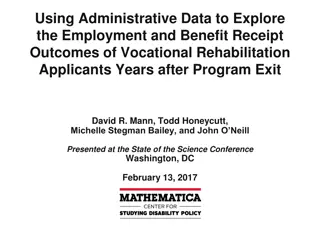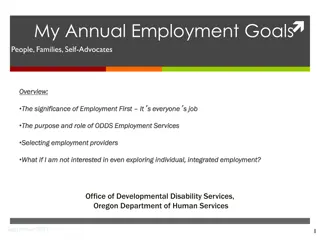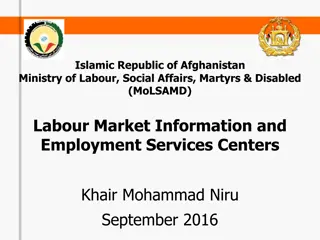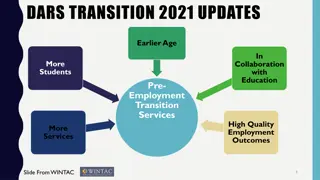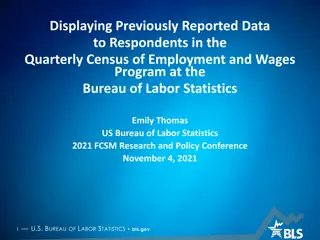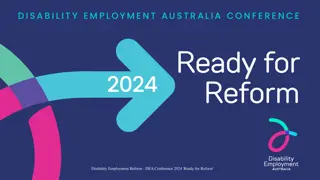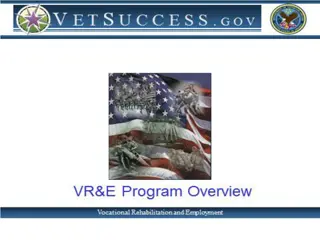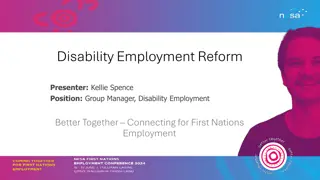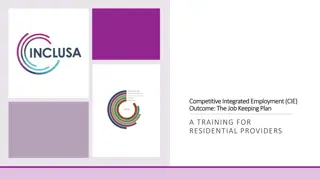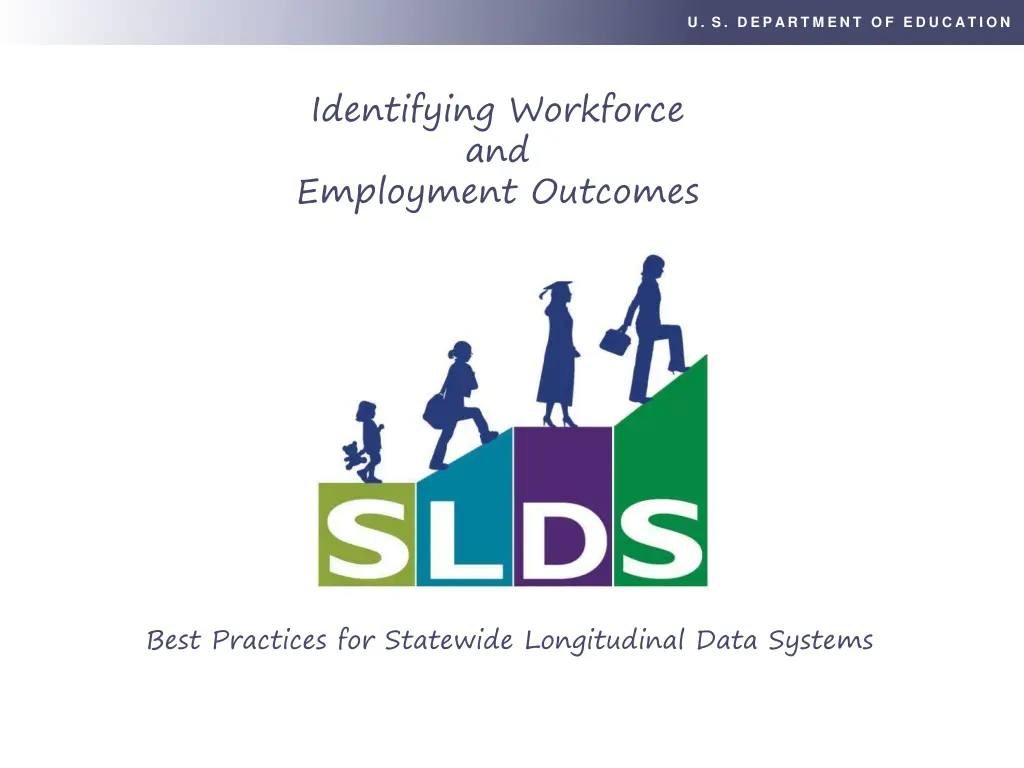
Establishing Common Definitions and Metrics
States are working towards aligning education and workforce data to determine employment outcomes effectively. The focus is on developing common definitions, metrics, and business rules to ensure consistency and comparability across states for more meaningful analysis and decision-making.
Download Presentation

Please find below an Image/Link to download the presentation.
The content on the website is provided AS IS for your information and personal use only. It may not be sold, licensed, or shared on other websites without obtaining consent from the author. If you encounter any issues during the download, it is possible that the publisher has removed the file from their server.
You are allowed to download the files provided on this website for personal or commercial use, subject to the condition that they are used lawfully. All files are the property of their respective owners.
The content on the website is provided AS IS for your information and personal use only. It may not be sold, licensed, or shared on other websites without obtaining consent from the author.
E N D
Presentation Transcript
U . S. D EPAR T M EN T O F ED U C AT I O N U . S. D EPAR T M EN T O F ED U C AT I O N Identifying Workforce and Employment Outcomes Best Practices for Statewide Longitudinal Data Systems
U .S. D EPAR T M EN T O F ED U C AT I O N Current State
U .S. D EPAR T M EN T O F ED U C AT I O N Current State States are beginning to connect their education and workforce data. They are able to determine employment and earnings outcomes. Currently, states are independently developing business rules and terminology to describe these metrics. States are wrestling with common questions about developing these metrics. At this time, states are calculating education and workforce outcomes differently. This makes data from state to state incomparable.
U .S. D EPAR T M EN T O F ED U C AT I O N Need for Common Definitions All states are working to define workplace outcomes data. To make these data comparable and more meaningful, states need to: Develop common definitions and business rules Determine best practices
U .S. D EPAR T M EN T O F ED U C AT I O N Establishing Uniform Definitions What qualifies as successful employment ? What are successful outcomes for education and training programs? Aligning these definitions with CEDS terminology will help establish common definitions across states.
U .S. D EPAR T M EN T O F ED U C AT I O N Establishing Common Metrics and Business Rules How do people who are both working and continuing their education factor in to these data? What about people who only work one quarter out of the year? Can you take one quarter and multiply the wages by four, or use a full four quarters wages to annualize? CEDS can assist in creating uniform metrics, definitions, and business rules.
U .S. D EPAR T M EN T O F ED U C AT I O N Project Phases
U .S. D EPAR T M EN T O F ED U C AT I O N Project Phases 1. Identify employment and wage data. Collect examples of business rules currently in use by states or other reporting entities around these data. Seek consensus from states to identify the best practices for calculating these metrics. Publish a white paper describing the best practices for common metrics. Incorporate into CEDS. common questions involved in using 2. 3. 4. 5.
U .S. D EPAR T M EN T O F ED U C AT I O N Proposed Workflow April: Identify states that wish to be included in the discussion. May-July: Hold webinars and discussions for those who wish to participate. July: Brief, optional face-to-face meetings woven into existing meetings including the data linkages meeting in May and STATS-DC this summer. Fall 2015: Develop and review the white paper about the common metrics, business rules, and definitions. Where possible, test definitions. Incorporate agreed-upon metrics into CEDS.
U .S. D EPAR T M EN T O F ED U C AT I O N Questions Is this effort needed? Are there any concerns about this work? For those who have used them, are employment and wages the two critical areas to initially focus on, or are there others? Additional questions or recommendations?
U .S. D EPAR T M EN T O F ED U C AT I O N How to Participate Contact Elisabeth Hoyson to be included in the contact list for information about this effort, meeting / webinar invitations, etc. Please include the most appropriate people from your group or partners in these conversations and invite them to participate. This could include workforce, research, or other partners as needed. The purpose is to have a thorough conversation about these issues informed by best practice and existing research and use to ensure the development of good common rules for metrics. Elisabeth Hoyson Elisabeth.hoyson@ed.gov (202) 502-7544
U .S. D EPAR T M EN T O F ED U C AT I O N Join the Workgroup Focus area of Data Linking Workgroup (DLWG) Documents/conversations will be managed through GRADS360 System Design Community of Practice (CoP) https://nces.grads360.org/#communities/system-design To request membership: Log in to GRADS360 and choose System Design from the Collaborate Collaborate menu. Click on Join this Group in the right panel. You ll receive an email once you have been added to the System Design CoP.
U .S. D EPAR T M EN T O F ED U C AT I O N For Additional Information Charles McGrew, Ph.D. Charles.mcgrew@ed.gov (859) 421-0606 Kathy Gosa Kathy.Gosa@sst-slds.org (785) 220-9353



